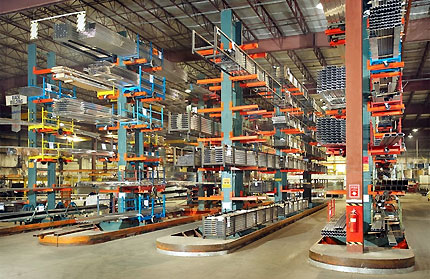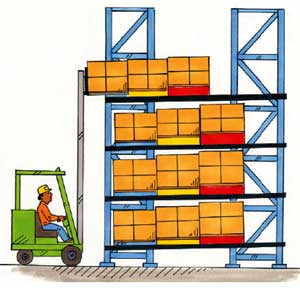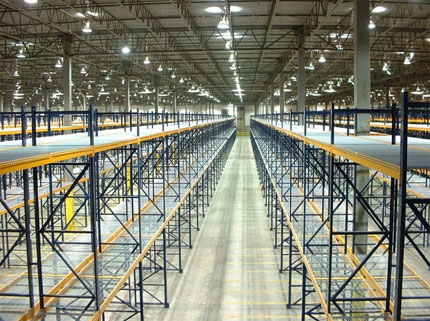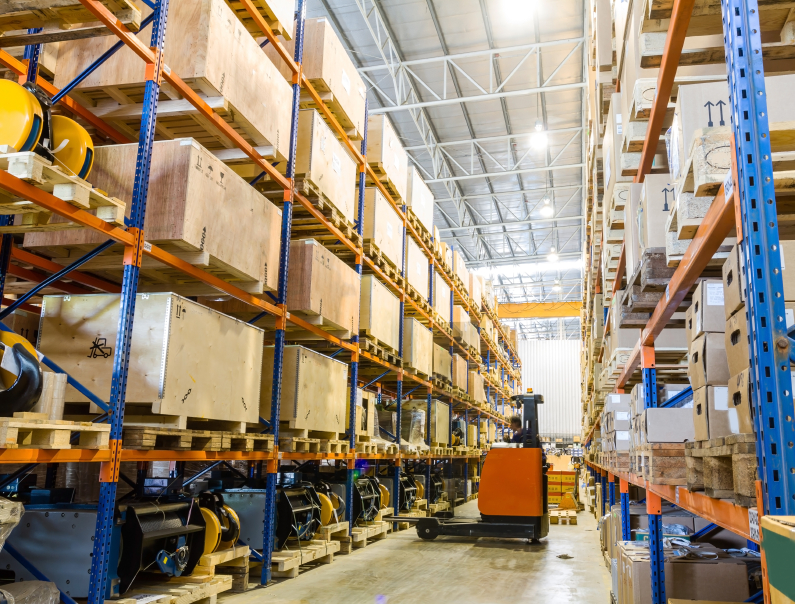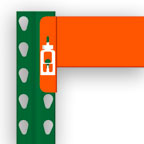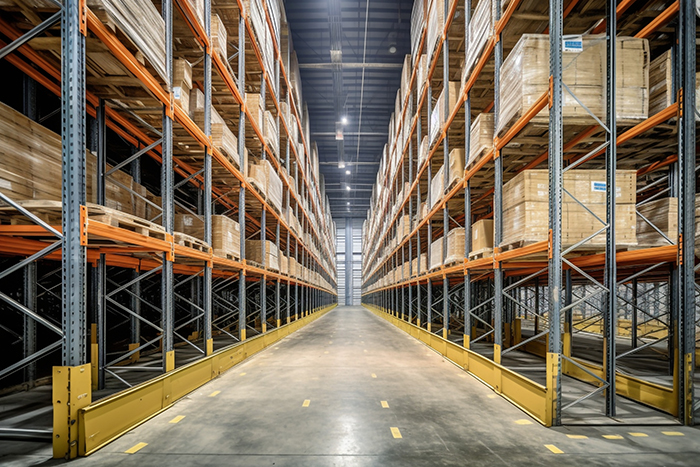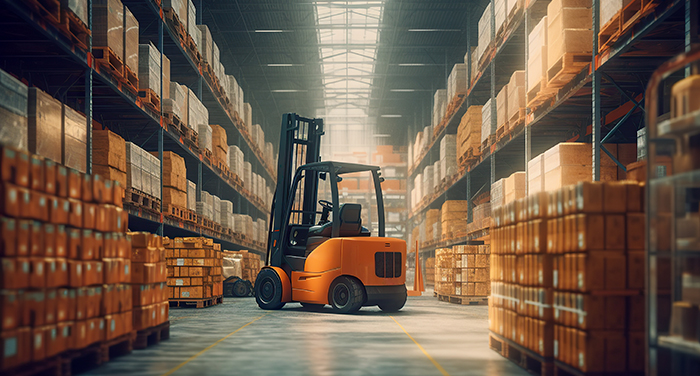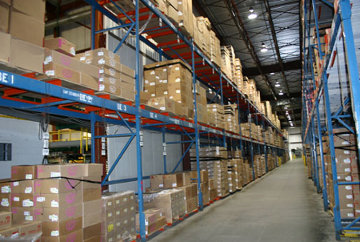
Pallet rack storage is relatively inexpensive and extremely common. In many facilities, it also consumes the majority of square footage. When you can cut down on this space, significant gains can be made that allow you to use the square footage for other purposes. Here are some ideas for reducing your rack storage footprint while maintaining storage capacity.




